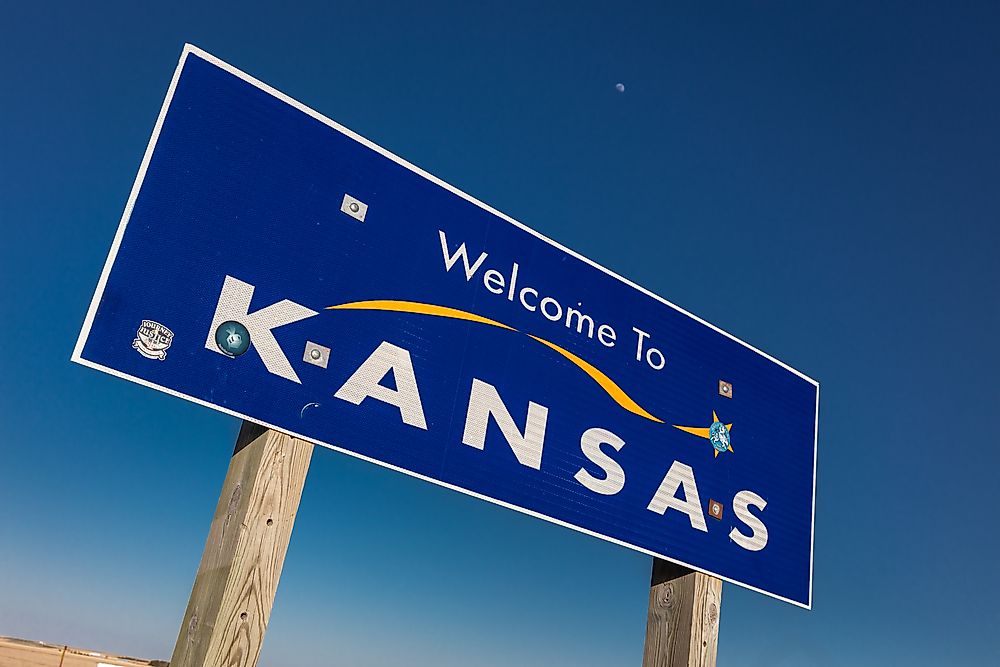The Ethnic Composition Of The Population Of Kansas

Located at almost the center of the US, Kansas ranks 15th in size and 33rd in population. The 2010 census put the population of Kansas at about 2,911,641 people. The growth rate in the state is estimated to be about 0.57% per year which puts the estimated population of Kansas as of 2018 at around 2.91 million people. The population is primarily comprised of white people who make up more than 77% of the population. Native Americans, black Americans, Hispanics, Native Hawaiians, Asians, and other Pacific Islanders compose the remaining 23% of the population.
White
The population of whites in Kansas is the largest in the state accounting for about 2.39 million individuals. This population is substantially constituted by Europeans of Irish, English and German ancestry. There are also individuals of Polish, French, Swedish and Scottish descent in Kansas. Estimates have put the number of people of German origin at about 25.8% while that of Irish individuals is 11.5%. Populations of German descent are mostly inhabitants of the northwestern parts of the state while those of English descent are commonly in the southeast. There are at least 30,000 more white females in Kansas than males.
Hispanic
The Hispanic population of Kansas is roughly 11.6% of the total population of the state. The majority of these individuals are of Mexican descent. In some counties, those of Mexican descent account for as much as 50% of the entire population. Out of the 300,000 individuals of Hispanic/Latino origin living in Kansas, there are at least 12,900 more males than females.
Black
The African American population makes up 5.9% of the entire Kansas population. Following the 1865 abolition of slavery, there was a considerable number of newly-freed slaves who made their way northwards to Kansas. These are the so-called Exodusters from whom a majority of the black people in Kansas are descendants.
Native Americans
At its formation, Kansas had one of the largest and most diverse populations of Native American people. The name of the state is in fact drawn from the Kansa people who were the largest group of indigenous inhabitants of the area. The numbers of Native Americans have since declined significantly. Today, American Indians, Alaskan Natives, and other Native American populations are estimated to be less than 1.2% of the entire population of Kansas.
Rural-Urban-Suburban Migration
There is an increasing number of ghost towns in many parts of rural Kansas. Urban-rural migration is still very active in Kansas with economic opportunities being more prominent in the urban centers. The cost of living has been one of the causative factors of the migration. There is also an increasing number of white people moving into the major cities in Kansas especially Kansas City. Black residents and Hispanic residents, on the other hand, are primarily moving out of the cities to the suburban areas. Surprising as this phenomenon may be, it is not unique to Kansas but is also being witnessed in other mid-Western cities of the size of Kansas City such as Tulsa, Dallas, and Minneapolis.











